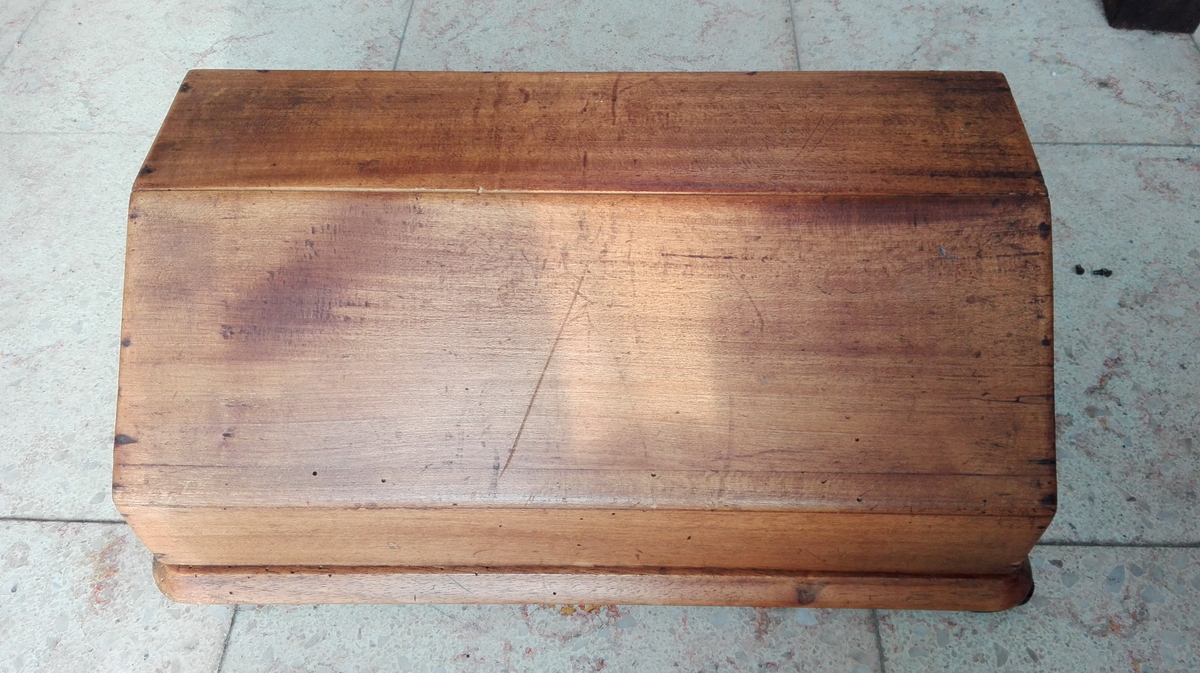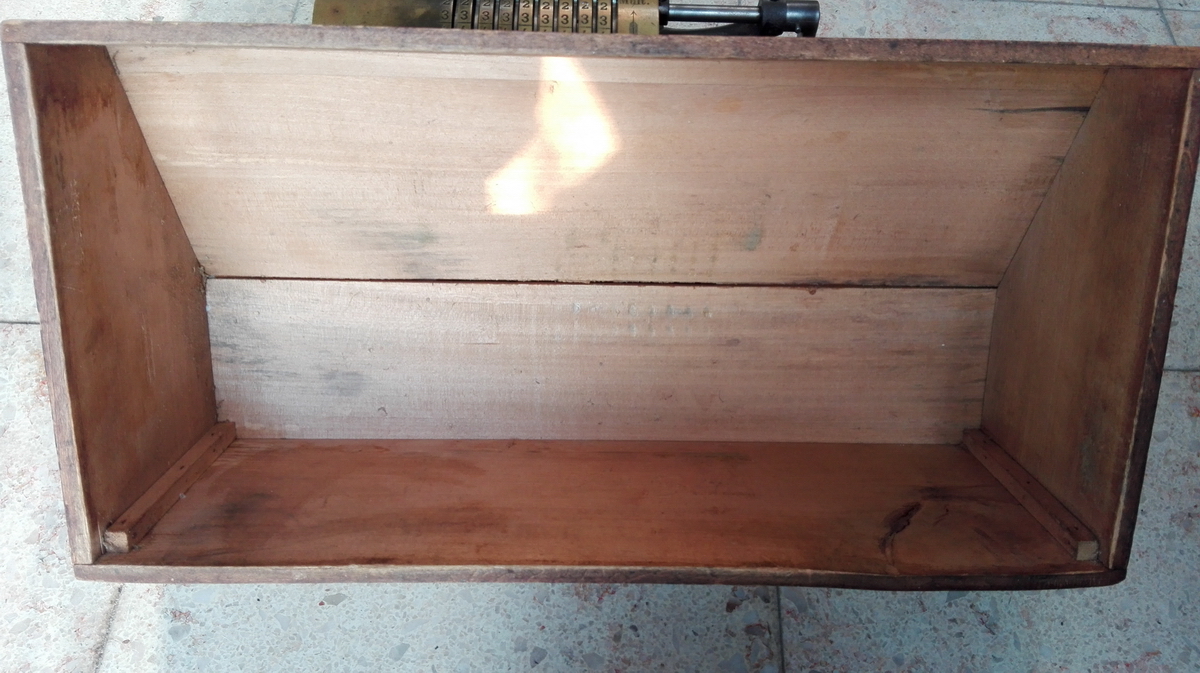Chateau/Dactyle A13
This machine came up on a french second-hand site, and it looked intriguing and authentic enough to make a bid on it. After a few weeks, the seller and myself came to an agreement, and I went to pick it up in Gouy. I discovered incidentally that Gouy is also the place where the river Scheldt has its source. I could have jumped over the edge of the bridge with a rubber boat and slowly drifted home without any effort at all, complete with the calculator...
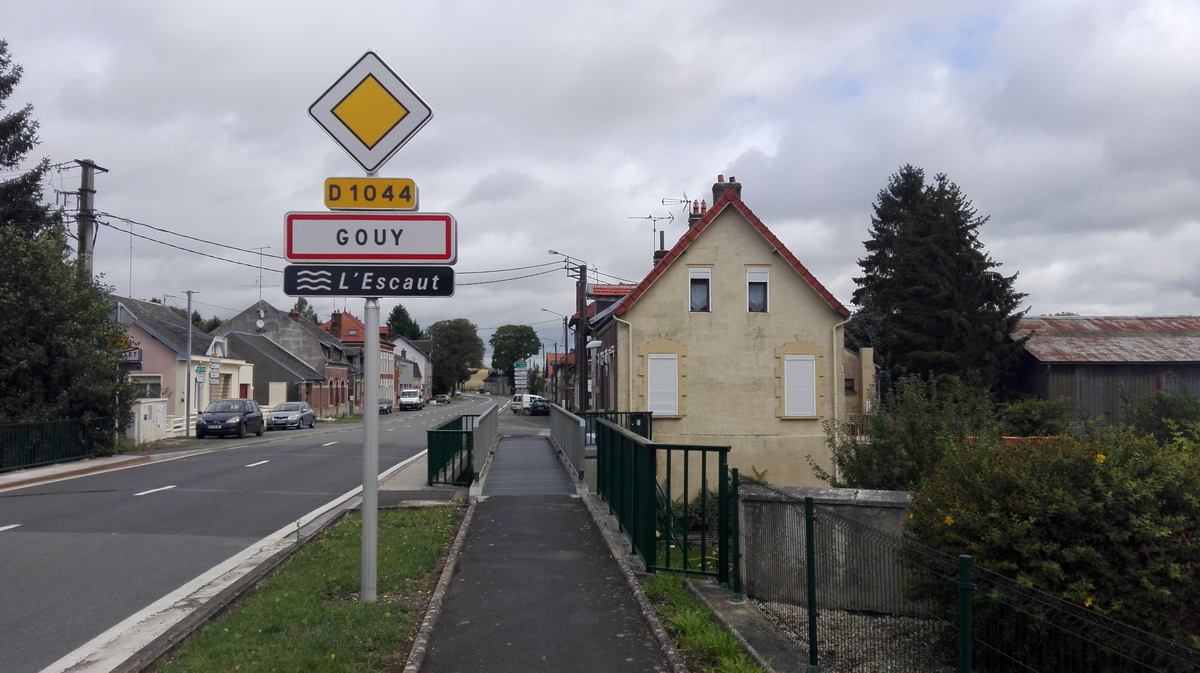
The machine is completely unmarked, and shows no evidence of ever having had a plate with the manufacturer's name. It also shows no evidence of ever having been painted. The inside of the top cover shows some blueing, that would easily have polished off if the machine was cleaned. There is some very small, writing below the serial number that says "Bté SGDG", meaning the machine is patented without government warranty (SGDG = sans garantie du gouvernement). The cast pieces of the machine have casting marks that read "C.R.F.", and many parts have a stamped "12" to be able to correctly reassemble the fitted machine after nickeling and paint.
When I got the machine, it was rather rusty. The early Chateau machines require drilling out the end of the handle, because the pin is riveted in place, and after the wooden handle had been removed, the metal parts were soaked in penetrating oil for 24 hours. This eventualy allowed to disassemble the crank handle. Since it appeared to be bent, I tried my best to straighten it, but I didn't realise that the entire crank is apparently cast iron. So I snapped the handle part right off when trying to straighten it with respect to the rest of the crank. I made a new part to the dimensions measured from the old one, but drilling out the crank handle, the drill bit refused to stay centred in the hole, as there were apparently hard spots in the casting. I really need to buy a milling machine and avoid these kind of problems. So I then had to make a plug for an interference fit in the off-centre hole, and tried to redrill in the correct place. But the loctite didn't hold, and I ended up with an oval-shaped hole. All I could now do was to silver-solder the handle bit in place in the correct position. In the end the repair is good, and nearly invisible, but it is a prime example of how things tend to get out of hand if you don't think them through properly and feel like making a quick fix. Think first, is the adage ... There are no pictures of this entire process, as it was executed over a number of successive days, and I was always pressed for time.
Now first, some pictures of the machine:
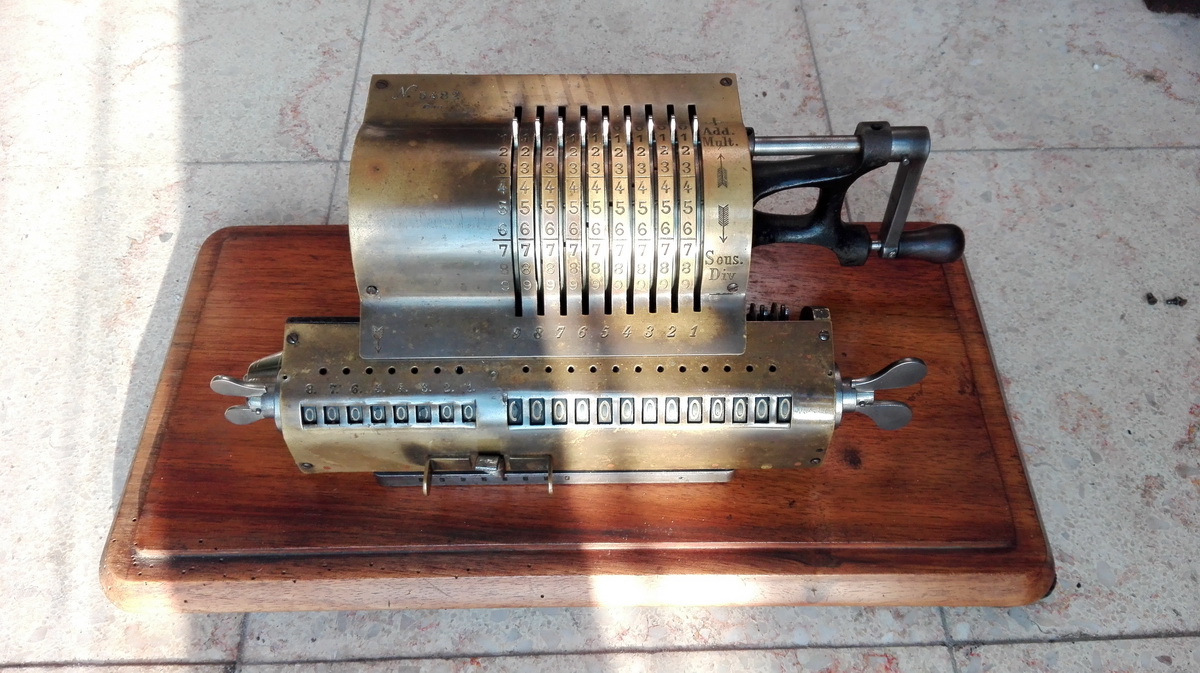
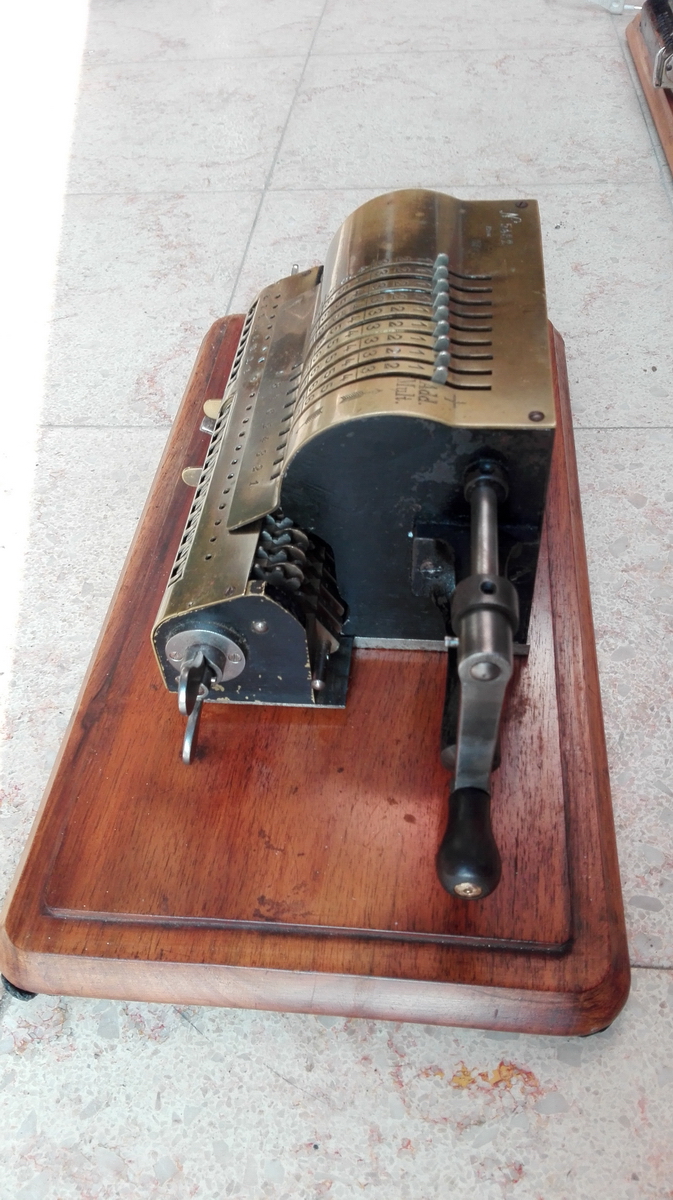
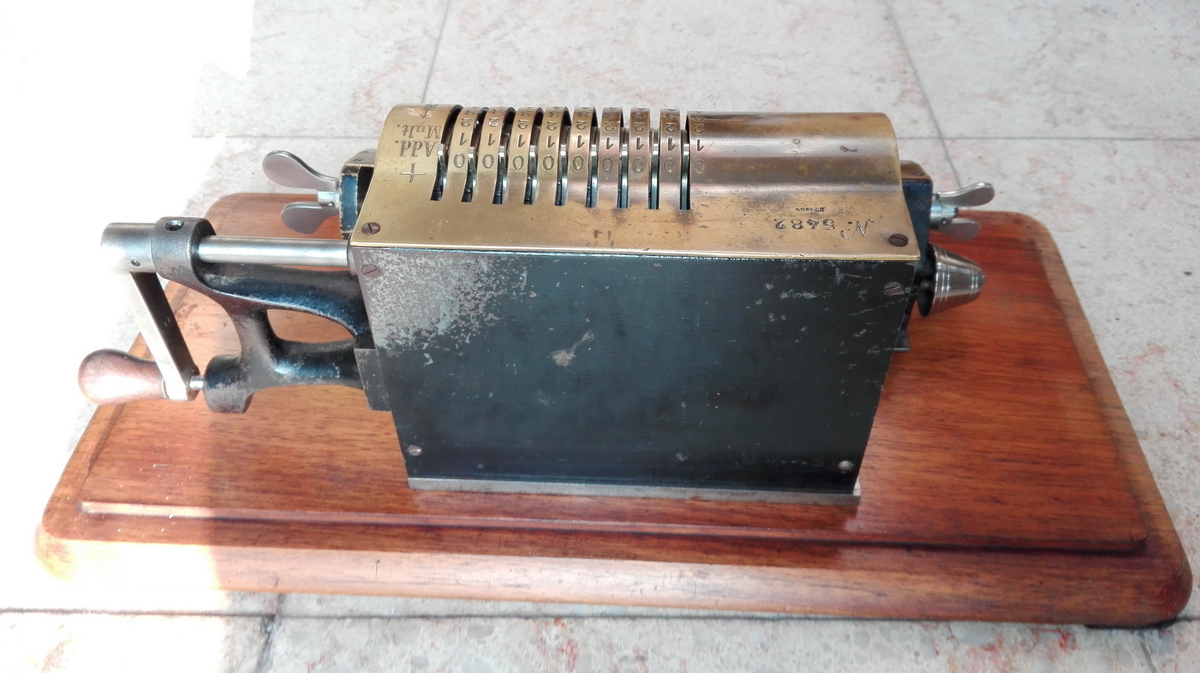
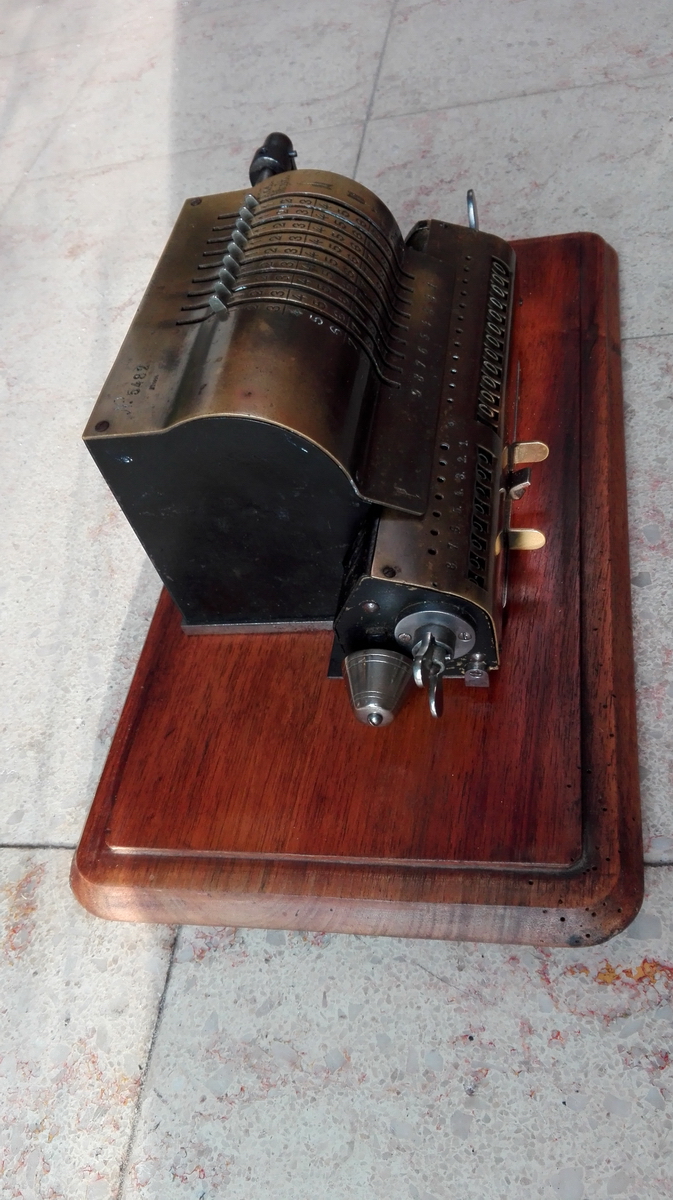
As mentioned, there are no markings, and the machine is far from undisturbed. For example, there are three extra holes on the carriage cover that could have held a comma rail, but the carriage also has holes for comma pins. Of these holes, the rightmost one above the counter is larger than the others, so a decimal pointer pin wouldn't stay - why this is is again anybody's guess.
This is the serial number and Bté SGDG text:
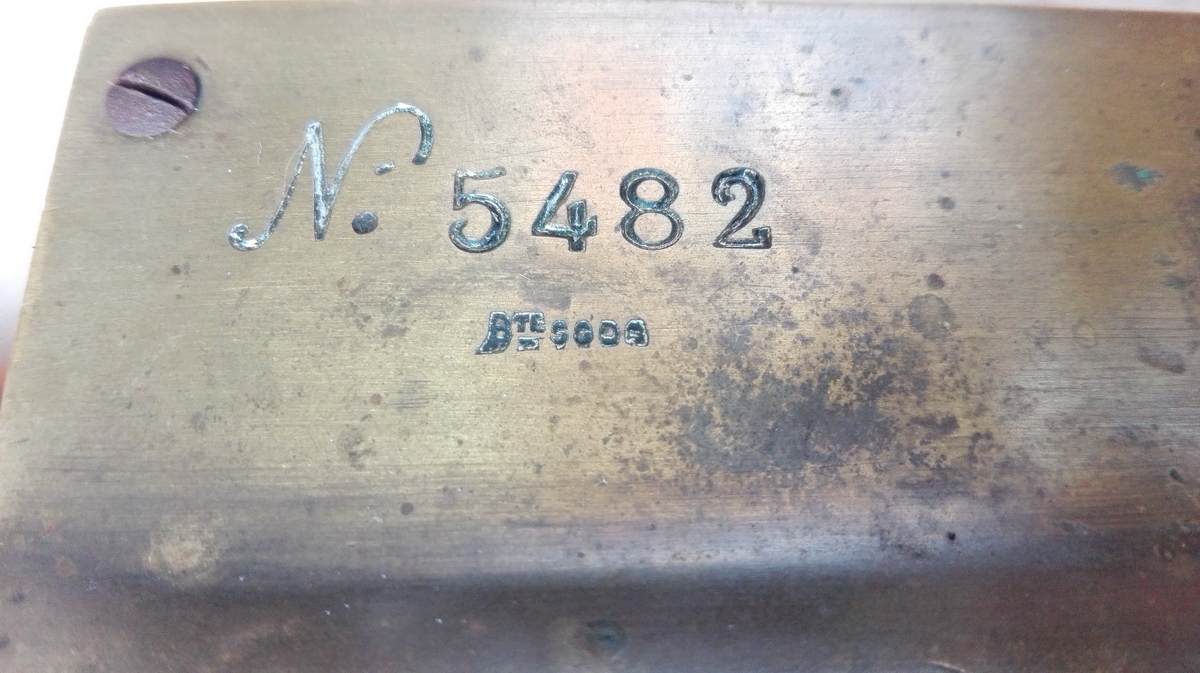
And finally the cover. It is definitely old, but whether it came originally from the factory is anyone's guess. It looks like someone made it at home. On the other hand, the base plate looks very similar to other Chateau and Dactyle baseplates, with the lowered edge for resting a wooden cover. However, this baseplate has no provision whatsoever for a lock plate or hinges - consistent with the cover not having any either. So the baseplate and cover are a bit of a mystery at this point...
